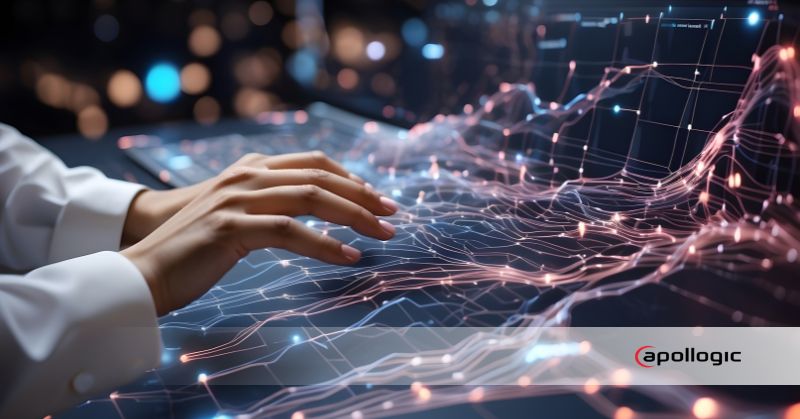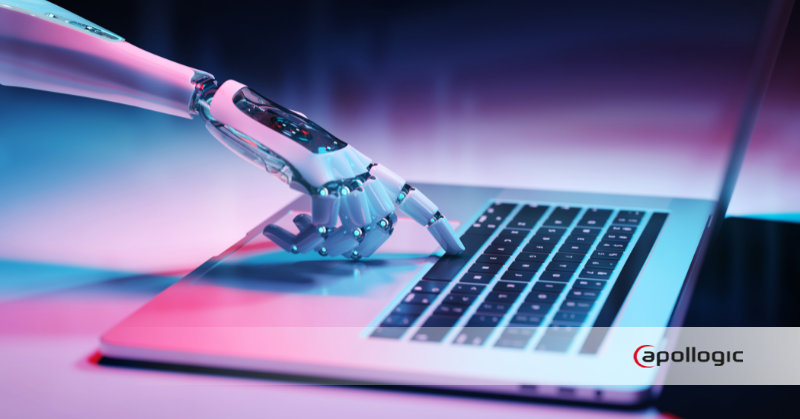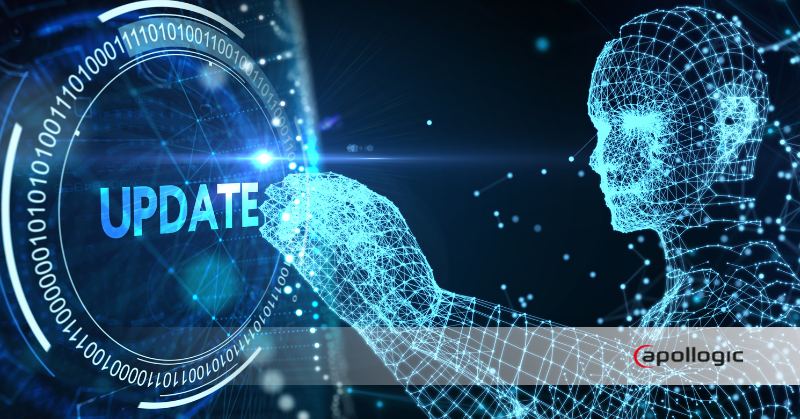Internet of Everything – the future is now
50 billion devices – this is how CISCO estimates the number of devices composing the Internet of Things in 2020. It is going to constitute 2.7% of all objects in the global scale of the sample is our much more cautious, doubtless the world has put its money on the IoT.
IoT is the future
The Berlin September IFA 2015 fair has already proved that. This trend is long been noticed by the world giants. Individual, tailored designs in building automation and all kinds of intelligent devices and are inseparable elements of the portfolio of the most normative companies such as Samsung, Apple, LG or Sony. All significant players have now Smartwatches, created to be a sort of universal controlers by means of which we are going to be able to control all home devices in the future. The pertinence of this trend seems to be confirmed by the 2015 State of the Smart Home Report research, conducted North American markets, which proved that what consumers are most interested in is simple, compact multifunction devices useful in everyday life.
Variety is not always good
Paradoxically, the problem which is noticeable in the market is too much variety. IoT devices communicate and are inter-connected in many ways: Wi-Fi, NFC, BT, BLE, ZigBee, Z-Wave, 3G, 4G, I2C, SPI, PLC, RF … It brings about compatibility problems and headaches and potential customers. The situation seems to be crystallising a little and, currently, WiFi is used in 20% of IoT devices introduced to the market. It is envisaged that the usage of wireless applications, in particular Wi-Fi and BT/BLE, will further increase.
Endless potential
The potential of current trends can be very well utilized in many areas, such as marketing and sales. As Apollogic, we can share our extensive experience at IoT related technologies. Beacons is what we have highlighted most strongly until now.
Beacons are transmitters, thanks to a collection of sample by Bluetooth 4.0, can link to different devices (such as smartphones) and display specific information on their screens:

It opens up a variety of possibilities in such areas as retail, or even aviation. The functions shown before can be tied to internal navigation, for example by means of displaying messages in certain moments on the clients’ devices.

As seen in the illustration above, they can inform the client about certain offers at appropriate times. Thanks to our solutions, there is no need to be limited to a unilateral, single channel messages. And this is thanks to responsive, personalised, omnichannel experiences.
Moreover, thanks to Big Data, individual client information, such as personal profile and behaviour, are analysed and prove beneficial both to the company using the application and users themselves. Information obtained this way help navigate around premises such as shopping centres, and proves helpful while designing all kinds of solutions. The client gets a message tailored to his or her needs.
The song of a (not so far) distant future
The IFA 2015 has shown washing machines which can automatically choose a program from the level of a tablet, based on the contents of the content of the drum, and LED lights which can give 1.6 million colours, all connected by Wi-Fi – the hues can be changed according to such factors as the consumer’s mood. Finally, thefre was Samsung, which presented its sleep management system. In its current version it controls lighting, temperature and AV devices depending on the user’s sleep phase – all that in order to to optimise our sleep treated as a resource, and use it in full.
And it is only the beginning of the revolution witch takes place right before us.


If you want to learn more about Apollogic activities in the field of the Internet of Things (The Things Network), go to: Our initiatives tab.
The article was written by Jakub Laszkiewicz – SAP SRM Consultant at Apollogic.
- On 26/10/2015







0 Comments